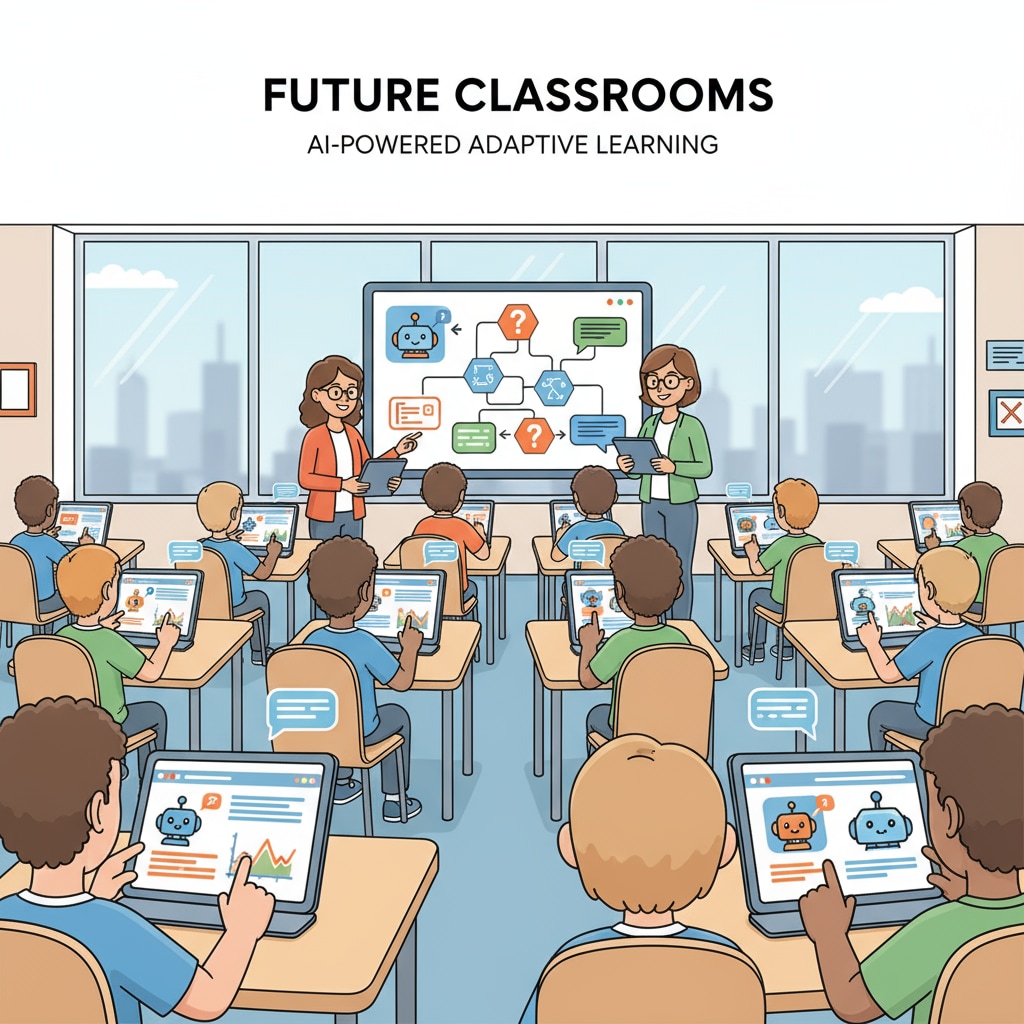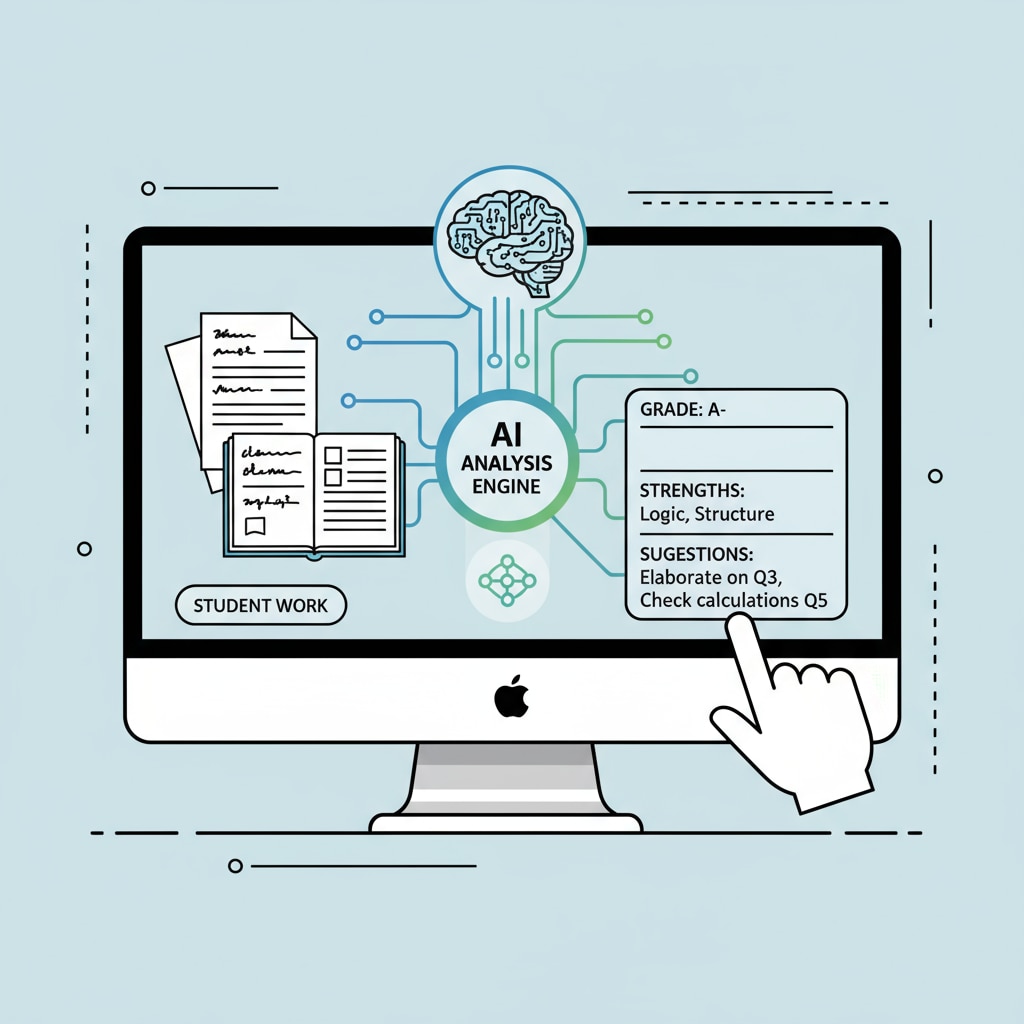Artificial intelligence, education, and learning tools are intertwined in today’s rapidly evolving educational landscape. The integration of AI in K12 education has both exciting prospects and potential pitfalls. Let’s explore how to find the right balance.

The Rise of AI in K12 Education
AI has made significant inroads into K12 education. For example, intelligent tutoring systems can adapt to individual students’ learning paces. These systems, as described on Wikipedia’s intelligent tutoring system page, analyze students’ responses and provide customized learning materials. This personalized approach can enhance learning outcomes.
The Dual Nature of AI as a Learning Tool
On one hand, AI offers remarkable benefits. It can provide instant feedback, like grammar checkers in writing assignments. On the other hand, there are concerns. For instance, over-reliance on AI may lead to a decline in students’ critical thinking skills. As mentioned on Britannica’s artificial intelligence page, students might become too dependent on AI-generated answers rather than thinking independently.

Finding the balance between leveraging AI’s advantages and mitigating its drawbacks is crucial. Educators need to design curricula that incorporate AI as a supplementary tool while still emphasizing traditional learning methods.
Readability guidance: Short paragraphs and lists help summarize key points. Each H2 section provides a list of related ideas. Passive voice and long sentences are kept to a minimum. Transition words like “however”, “therefore”, and “in addition” are used throughout the text.


